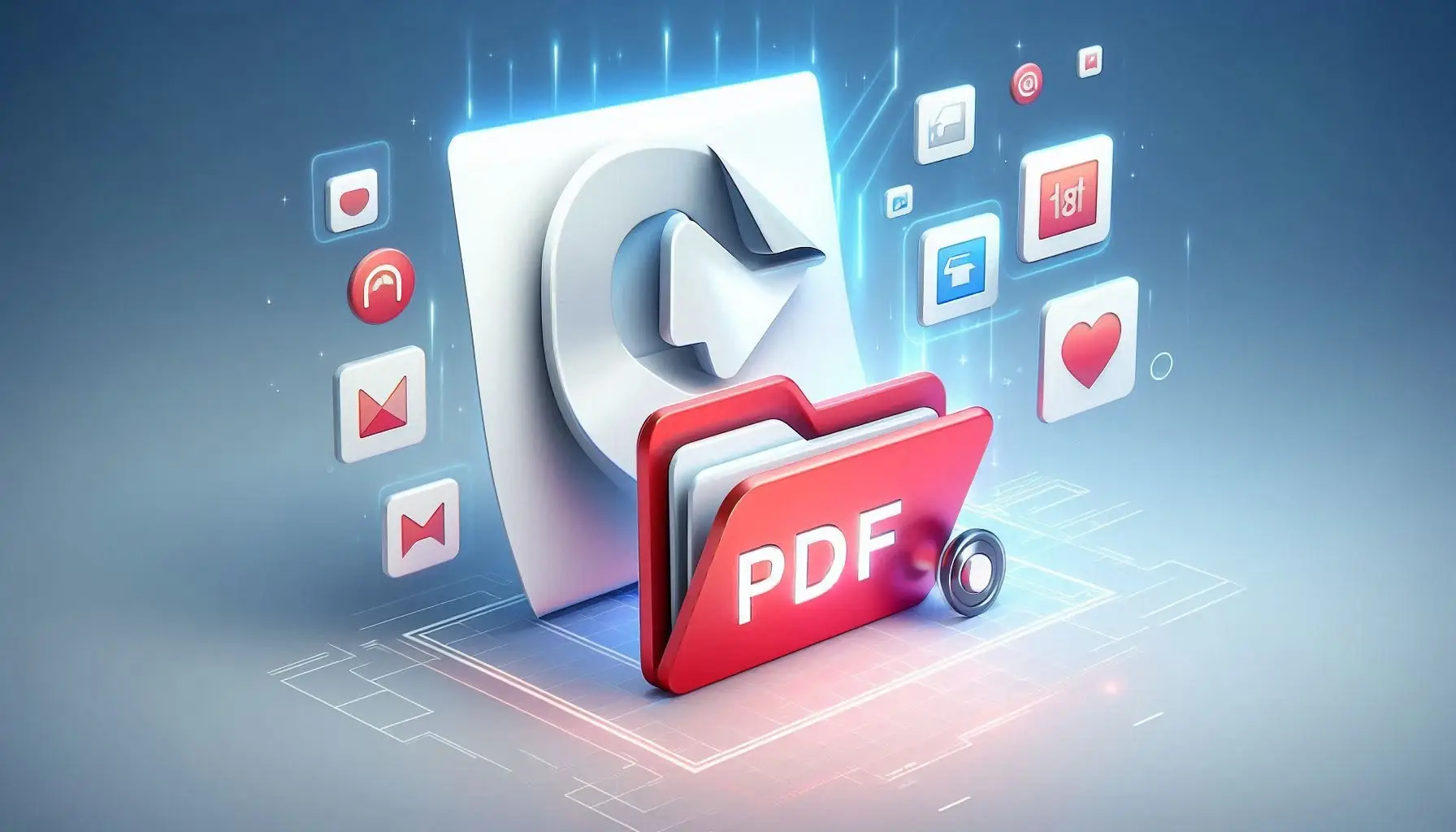Convert JPG to PDF: The Complete Guide to Image Conversion
Need to transform your JPG images into professional PDF documents? Our comprehensive guide covers everything you need to know about converting images to PDF format, including step-by-step instructions, online tools, and expert tips.
Understanding JPG to PDF Conversion
Converting a JPG to PDF is one of the most common file conversion tasks performed today. Whether you need to compile multiple photos into a single document, create a professional presentation from your images, or simply preserve the formatting of your pictures, knowing how to convert image to PDF is an essential digital skill.
The JPG (or JPEG) format is ideal for photographs and complex graphics but doesn’t support multi-page documents. PDF, on the other hand, maintains consistent formatting across devices and can contain multiple pages, making it perfect for sharing and printing documents containing images.
Did you know?
PDF files maintain their formatting regardless of what device or program opens them, making them ideal for sharing image-based documents that need to look consistent everywhere.
Why Convert Images to PDF Format?
Benefits of PDF Format
- Preserves image quality and formatting
- Reduces file size while maintaining clarity
- Allows combining multiple images into one document
- More secure than image formats
- Supported by virtually all devices and platforms
- Perfect for professional documentation
Limitations of Image Formats
- Single-page only (one image per file)
- Larger file sizes for high-quality images
- No built-in security features
- Less professional for business documents
- Limited text and metadata capabilities
- Can lose quality when shared or printed
Whether you need to convert a single photo to PDF or merge multiple JPG files into one document, the process has become increasingly simple with modern tools. Converting from jpg to pdf format ensures your images remain exactly as intended when shared with others.
Methods to Convert Image to PDF
Online Conversion Tools
Using an image to PDF convert online tool is the quickest way to transform your images without installing any software. These web-based services allow you to upload your JPG files and convert them to PDF format in seconds.
The primary advantage of online conversion is accessibility – you can convert jpg to pdf from any device with an internet connection. This includes smartphones, tablets, and public computers where you may not have installation privileges.
How to use an online jpg to pdf converter:
Desktop Software Options
For regular conversion needs or working with sensitive documents, a dedicated desktop application might be preferable. These image to pdf converter free programs offer more features and typically don’t have the file size restrictions of online tools.
Many operating systems also include built-in capabilities to convert jpg to pdf. For example, on Windows, you can use the Photos app or Microsoft Print to PDF function. On Mac, Preview allows you to easily convert and combine images into PDFs.
Mobile Apps for On-the-Go Conversion
Smartphones can also convert photos to PDF directly. Both Android and iOS have various apps that can transform your phone pictures into PDF documents instantly. This is particularly useful for capturing documents, receipts, or whiteboards and converting them to professional PDFs.
Many scanner apps also include the photo to pdf converter functionality, allowing you to take a picture and immediately convert it to a clean, properly aligned PDF document.
Advanced JPG to PDF Conversion Features
Merging Multiple Images
One of the most valuable features when converting images to PDF is the ability to merge jpg to pdf in a single operation. This allows you to combine multiple photos or scanned documents into one cohesive PDF file.
When merging images, most tools allow you to reorder them, adjust individual page settings, and even add simple editing effects before finalizing the PDF creation.
Customizing Your PDF Output
Advanced image to pdf converters offer various customization options:
- Page size selection (A4, Letter, custom dimensions)
- Orientation settings (portrait or landscape)
- Margin adjustments for better printing
- Image compression to reduce file size
- Image enhancement options (brightness, contrast, etc.)
- Password protection for sensitive documents
OCR Technology: Making Images Searchable
Premium convert image to pdf tools often include Optical Character Recognition (OCR) technology. This powerful feature can identify text within your images and make it searchable and selectable in the resulting PDF.
OCR is particularly valuable when converting scanned documents, business cards, or text-heavy images to PDF format, as it transforms them from simple pictures into functional text documents.
Comparing Top JPG to PDF Conversion Options
With numerous tools available to convert jpg to pdf, choosing the right one depends on your specific needs. Here’s a comparison of the most popular options:
| Tool Type | Pros | Cons | Best For |
|---|---|---|---|
| Online Converters | No installation, accessible anywhere, usually free | File size limits, privacy concerns, requires internet | Occasional conversion of non-sensitive images |
| Desktop Software | Advanced features, no file limits, works offline | Requires installation, may cost money | Regular conversion needs, professional use |
| Mobile Apps | Convenient, combines camera capture with conversion | Limited editing features, smaller screen workspace | On-the-go document capture and conversion |
| Built-in OS Tools | No additional software needed, reliable | Basic features, fewer customization options | Simple conversions with minimal requirements |
For most users, starting with a reliable online image to pdf convert service like pulsivic.com provides the best balance of convenience and features without any commitment.
Ready to Convert Your Images to PDF?
Try our powerful, user-friendly online converter today. No registration required!
Supports JPG, PNG, BMP, GIF, TIFF, and more file formats
Tips for Perfect Image to PDF Conversion
Before Converting
- Crop unnecessary parts of your images for a cleaner PDF
- Ensure images are properly oriented to avoid rotating in the PDF
- Consider resolution needs – higher DPI for printing, lower for digital sharing
- Organize your images in the order you want them to appear
During Conversion
- Choose the appropriate page size for your intended use
- Set margins according to your needs (none for full-page images, standard for documents)
- Consider enabling OCR if your images contain text you’ll need to search later
- Select the right quality setting to balance file size and image clarity
After Converting
- Check that all pages are included and in the correct order
- Verify text readability if the document contains important information
- Test the PDF on different devices if it will be widely shared
- Consider compressing large PDFs for easier sharing
Common Questions About JPG to PDF Conversion
Conclusion: Simplifying Your Document Workflow
Converting images to PDF format doesn’t have to be complicated. With the right tools and knowledge, you can quickly transform your photos, scans, and graphics into professional PDF documents that maintain quality while adding versatility.
Whether you need to convert a single jpg to pdf or merge multiple images into a comprehensive document, today’s conversion options make the process accessible to everyone, regardless of technical skill.
Remember that the best conversion method depends on your specific needs – consider factors like frequency of use, security requirements, and desired features when choosing between online converters, desktop software, or mobile applications.
Ready to simplify your document workflow? Start converting your images to PDF today with our user-friendly tools and take advantage of the many benefits the PDF format offers.










